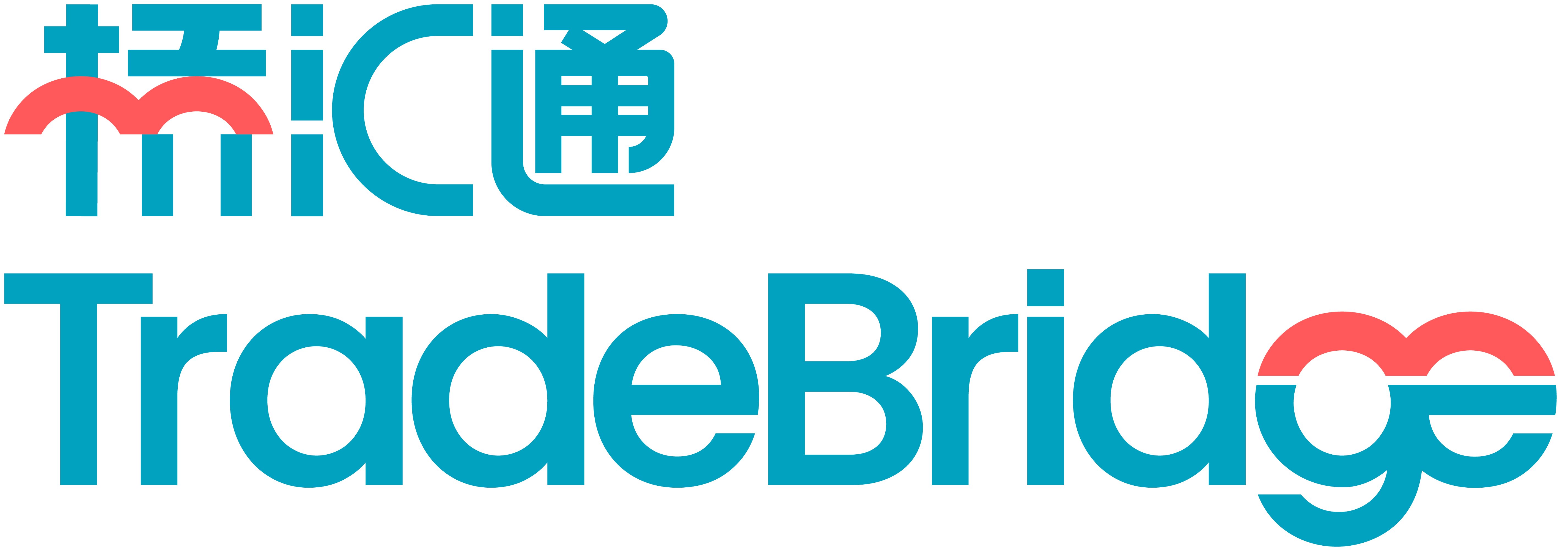

Virtual card solutions versus supply chain finance
The working capital gap and the challenge for industry
Across a broad spectrum of industry sectors, there is increasing global demand for UK products and solutions. Those ambitious, growing organisations that are poised with working capital flexibility will be best placed to secure a larger slice of this pie.
Meanwhile, in the banking and insurance market, certain client industries are being squeezed, as traditional lender and credit insurers tighten their risk criteria and securing a viable credit line becomes more challenging.
Competitive market environments, and the desire to build up good trading relationships throughout the supply chain, mean that businesses are increasingly turning to alternative options to fund their working capital needs and that of their supply chain.
In this document we will explore the two options, supply chain finance (SCF) and virtual cards (vCards) and see how they compare against each other.
An abundance of working capital solutions
No single rule of thumb dictates which solution is best for one company over another, and the matchmaking process can be influenced by many factors.
The size of the business; access to bank lending; security; procurement engagement; credit insurance and client awareness of lending options and management preferences all have a part to play.
vCards vs. Supply Chain Finance (SCF)
Both vCards and supply chain finance provide early payment options to suppliers. This allows buyers to secure orders and release liquidity from money stuck in invoices, which can benefit both parties.
However, the way in which they can be used and the benefits both for the business and for subcontractors, differ significantly.
vCard solutions explained

A vCard is a way of making/receiving payment using a virtual card number, allowing buyers to make payments to suppliers without the need for a physical card.
vCards are used extensively in the construction, engineering, distribution and transportation industries. This is in part due to the fact that vCards are commonly used within these sectors in the USA and were introduced here by the banks to service the UK arms of these international businesses.
With vCards, payment will normally be processed on or before the statement date. The buyer will then hold funds repaying the lender on the due date, typically 15 days after the payment date, hence releasing cash constraints for about 45 days – or longer if payment terms are extended.
Some of the vCard features and benefits are listed below:
-
Improved efficiency in the Procure to Pay process.
-
The supplier gets paid early and the buyer gains more time to repay the lender (statement period plus repayment card period).
-
Can be used to settle payments quickly and simply, over the phone or online.
-
Allows for negotiation of early payment discounts.
-
Provides a level of visibility, including reconciliation.
-
Enables travel booking for staff without the need of corporate cards.
-
Allows for batch payments to multiple subcontractors.
-
Can be used alongside an ERP integration.
However, there is a cost associated with vCards, normally applied to the supplier in the form of a merchant fee. And often there is a time limit on the request and a ceiling on the transaction amount, so this can be limiting and frustrating for subcontractors.
Why replace vCards with SCF? | A working example
A growing distribution business, employing a number of subcontractors (drivers) uses a vCard scheme. Once a supplier invoice is due for payment, a payment proposal is run by the finance team and approved by the Head of Finance and CFO. With this done, a CSV file will be uploaded to a portal at the issuing bank.
This notifies the bank to release a vCard to the supplier. This vCard is sent via email, at which point the supplier can request to activate the card and draw down their funds. The vCard expires after 14 days, after which the supplier will need to request reactivation if the funds aren’t drawn within this period.
As part of the vCard programme, the client will often benefit from extended credit and repay the bank on a 30-day credit cycle. However, the process is manual and labour-intensive. It is therefore only useful for businesses that work with a small number of subcontractors and have occasional requirements for additional liquidity.
For this reason, supply chain finance could be a better option for this successful business, which will inevitably need to take on an even larger number of suppliers as it grows.
Supply chain finance – a better alternative
Similar to vCards, supply chain finance (SCF) solutions enable early payments to suppliers.
Many businesses, including those in construction and engineering are turning to SCF over vCards, as it can offer greater flexibility, automation and be less costly.
A supply chain finance facility can work alongside existing bank lending, making it an ideal solution for complex businesses whose requirement for incremental working capital varies significantly month-on-month.
TradeBridge also has a significant advantage over other suppliers of SCF. We are independent and non-bank funded and have deep pockets – meaning the facilities offered are typically unsecured.
With a commitment to simple, accessible technology through the portal, suppliers can access funds wherever and whenever they choose, reducing the burden of administration significantly for the accounts payable team.
Supply chain finance from TradeBridge will deliver:
-
Unsecured funding (subject to credit committee approval).
-
A quick approval process.
-
Payment in multiple currencies with no ceiling on transaction value.
-
A largely automated process through the portal, with no arduous integration process for the client and full visibility of invoices for the supplier.
-
No transaction fees (i.e. CHAPS/BACS) for buyer or supplier.
-
More flexibility than banks – in terms of the industries supported, the lending criteria and with the allocations of costs (to either buyer or supplier).
-
Mitigation for suppliers against non-payment or late payment.
-
Better pricing for suppliers as the risk is taken on the buyer.
-
ERP integration
-
can be used alongside vCards and other forms of working capital, or as a standalone solution
Payment efficiency is key

Prompt payment is currently in the spotlight, with the UK government cracking down on late payers.
Both supply chain finance and virtual card solutions are helping to drive payment efficiency across many sectors, with construction and engineering a particular beneficiary.
Whilst vCard solutions remain popular (particularly in the US – TradeBridge regularly come across companies, predominantly subsidiaries of US parents utilising these solutions in the UK), supply chain finance offers an alternative or complementary early payment solution with multiple benefits beyond just payment efficiency.
For businesses that work with a small number of subcontractors and only have occasional requirements for additional liquidity, it might be easier to use vCards as subcontractors are familiar with the concept and can use them for one-off spends.
However, supply chain finance offers a more rigorous, scalable solution that works better for businesses with a significant number of transactions.
This is particularly relevant in sectors such as construction, engineering, distribution, retail and manufacturing, where the business may be dependent on a large number of smaller suppliers or subcontractors.


